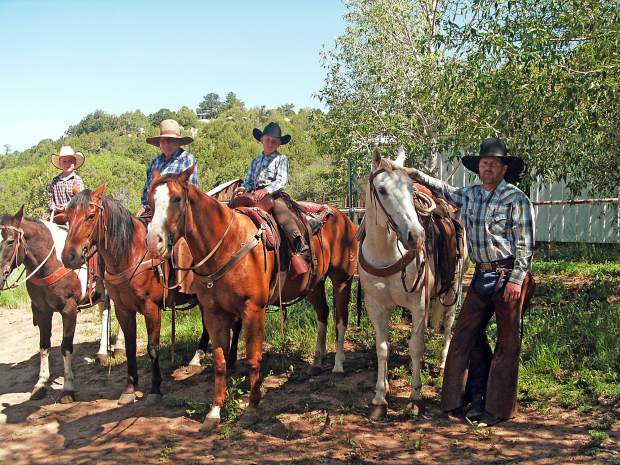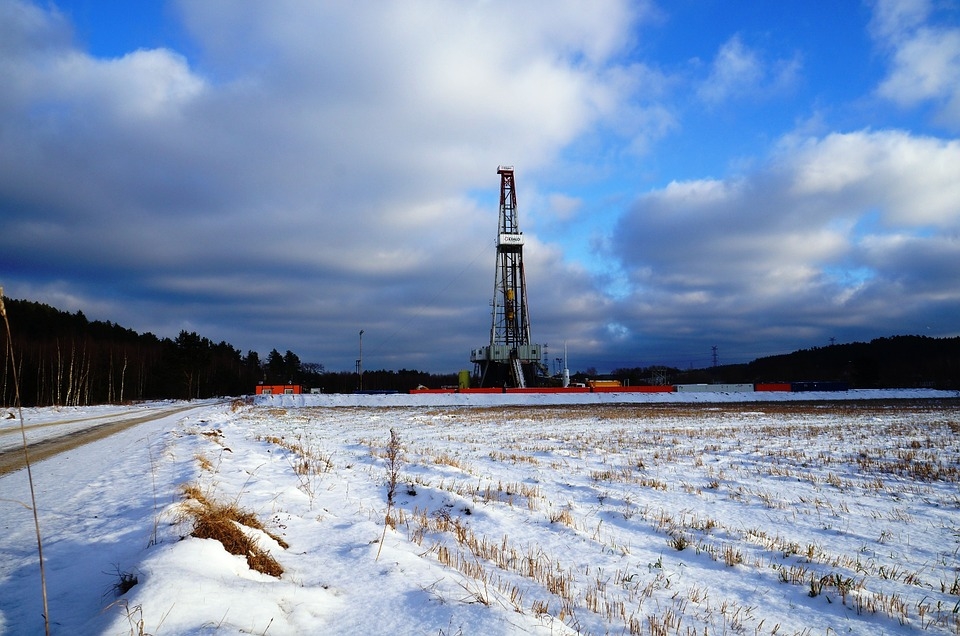OHVs are singled out as a unique threat because they are designed, marketed, and manufactured for off-road use. While this statement is true, many other vehicles that are currently allowed in National Parks are also designed, marketed, and manufactured for off-road use. None of these regulations identify what sets a street-legal side-by-side OHV apart from vehicles like Suburu Outbacks, Jeeps, Four-wheel drive pickup trucks, or dual-sport motorcycles.
The directors Utah’s “Mighty Five” national parks (Arches, Bryce Canyon, Canyonlands, Capitol Reef, Zion) have used their rule-making powers to prohibit OHV’s (off highway vehicles) from entering the parks, even as street legal passenger vehicles on designated roads. This seemingly arbitrary rule does not ban other vehicles that are used for off-roading such as 4×4 pickup trucks and SUV’s from the parks. In Utah, OHV’s are street legal and must pass inspections and rigorous safety standards. In response to the ban, the state’s largest off-roading advocate group is making the case that OHV’s driven on designated highways and trails pose no bigger threat to the environment than other vehicles, and that the OHV ban is rooted in a prejudice againt motorized vehicle recreation. OHV groups are banding together in a campaign to encourage Interior Secretary David Bernhardt to look closely at the matter and work with them to seek a fair and equitable solution.
Below are excerpts from a letter the President of Utah OHV Advocates, Brett Steward, sent to Secretary Bernhardt.
To help Utah’s OHV riders, go here to read more and sign their petition.
~Editor
July 29, 2019
Secretary David Bernhardt, Department of the Interior
Re: Street Legal OHVs in National Parks Dear Secretary Bernhardt,
•Although the motorized vehicle community isn’t as loud or as organized as some of the other recreational users of public land, our industry has a larger economic impact than most other users combined. According to the Bureau of Economic Analysis, Motorized Vehicles account for $59,378,000,000 in economic activity in the year 2016. According to the same report, bicycling, camping, climbing, hiking, equestrian, hunting, skiing, snowboarding, boardsailing, windsurfing, dog mushing, geocaching, rock hounding, ice skating, races, running/walking/jogging, SCUBA diving, skateboarding, snorkeling, snowshoeing, stand-up paddling, surfing, tubing, wakeboarding, water skiing, whitewater rafting, and wildlife watching combined all account for $57,535,000,000 in economic activity in 2016.
In Utah there are 202,000 registered OHVs. Despite being one of the largest groups of public land users, and even though the economic benefit of our community dwarfs most other recreational users combined, we often find ourselves discriminated against by decision-makers that head public land agencies. In Utah this discrimination is particularly acute when it comes to the National Park Service.
•In 2009 Utah state law was updated to define and allow street-legal OHVs on Utah’s roads and highways. Like with other motor vehicles, the operators of street-legal OHVs must be licensed and insured to operate on Utah’s streets. The vehicles must also pass state inspections. In Utah the passage of these State laws that allow certain OHVs to be classified as street legal has opened the door to new recreation opportunities to OHV enthusiasts throughout the state, and these laws are widely supported by our community.
We are pleased that the Bureau of Land Management and the U.S. Forest Service have recognized these laws and allowed street-legal OHVs to drive on all roads and highways that pass through lands within their jurisdiction that are also open to other vehicular travel. Unfortunately, the biggest roadblock we are facing with the passage of these new laws is with the National Park Service. 36 CFR 4.2 (a) states, “Unless specifically addressed by regulations in this chapter, traffic and the use of vehicles within a park area are governed by State law. State law that is now or may later be in effect is adopted and made a part of the regulations in this part.”
We are aware that that each of the five national parks in Utah, including Arches, Canyonlands, Capitol Reef, Bryce Canyon, and Zion, have adopted regulations in their Superintendent’s Compendium prohibiting the use of street legal OHVs in the parks. It is worth noting that the adoption of these regulation occurred in 2008 prior to OHVs being authorized as street-legal by Utah State law in 2009.
•Mr. Secretary, I believe that the regulatory justifications for prohibiting street-legal OHVs in National Parks are misguided, outdated, and cannot withstand close scrutiny.
When reading through the Superintendent’s Compendium for each National Park in Utah, there are several common threads.
•First, OHVs are singled out as a unique threat because they are designed, marketed, and manufactured for off-road use. While this statement is true, many other vehicles that are currently allowed in National Parks are also designed, marketed, and manufactured for off-road use. None of these regulations identify what sets a street-legal side-by-side OHV apart from vehicles like Suburu Outbacks, Jeeps, Four-wheel drive pickup trucks, or dual-sport motorcycles. All of these vehicles are uniquely capable of off-highway travel. The definitions of prohibited off-road vehicles could easily be read to also prohibit numerous vehicles that are currently allowed. As a result the enforcement of these regulations based on these standards is discriminatory, arbitray, and capricious. The only consistent reading of the language used here to prohibit OHVs from using NPS roads would be to prohibit all vehicles capable of off-highway travel or to allow all vehicles legally permitted on roads by state law.
•Second, the claims that use of OHVs “poses a significant risk to park resources and values which cannot be appropriately mitigated, and which cannot be sustained without causing unacceptable impacts,” and that “No reasonable level of law enforcement presence would be sufficient to prevent OHV use off-road,” are unprovable claims that are negated by the point previously raised. How do these parks mitigate risk to resources and values posed by Suburu Outbacks, pick-up trucks, Jeeps, motorhomes, dual-sport motorcycles, and countless other motorized vehicles that are uniquely capable of off-highway, all terrain travel? What law enforcement presence exists in the Parks currently to prevent vehicles that are currently allowed to use roads in these parks and are capable of off-road travel from off-road use?
•Third the claim that OHVs have long been prohibited from parks and that allowing them would create a new use pattern is false. Numerous makes and models of motorized vehicles that are designed, marketed and manufactured for off-highway use are currently allowed in parks. Allowing street-legal OHVs to use the same roads would be no different than this currently allowed use. As a limitation of an existing use pattern, prohibiting street-legal OHV use of park roads is an alteration of a public use pattern.
•The claim that banning OHVs would not be controversial is also false. Because this prohibition is discriminatory, arbitrary, and capricious, the prohibition is controversial by nature.
•The claim that there is no popular demand for allowing street-legal OHVs in parks is also false. We intend to prove this through surveys and polls of our growing community of OHV users. This claim is also proven false by the millions of people who visit National Parks each year in other vehicles designed, marketed, and manufactured for off-highway use. In fact, in Utah, the parks are so remote that almost all visitors arrive through some method of motorized travel. So not only is motorized access popular, it is an essential use for allowing park visitation. We believe that the use of street-legal OHVs in National Parks will beas popular as the use of other motorized vehicles in National Parks. Furthermore, the public wouldn’t accept a ban of other motor vehicles that are currently allowed.
•Requiring vehicles to be equipped to legally operate on interstate highways requires and absurdly broad reading of 36 CFR 1.5. There is nothing about a vehicle’s ability to operate legally on an interstate highway that makes it less likely to cause damage to park resources and values when the vehicle is used off-highway. A vehicles ability to operate on an interstate highway is not a mitigating factor, and the superintendent didn’t provide any justifications for this decision. A decision that is made without justification is arbitrary and capricious, and unfortunately this decision has led to discrimination against OHV users. In fact many vehicles that are able to operate legally on interstate highways and are also designed, marketed, and manufactured for off-highway use are likely to cause more damage to resources since they weigh more, have bigger tires, etc.
UTV Utah on behalf of its 14,000 members respectfully asks that the National Park Service withdraw its prohibition of street-legal OHVs in National Parks – especially the National Parks within the state of Utah. Several parks in the system (e.g. Yellowstone National Park and North Rim of the Grand Canyon) have already come to the conclusion that allowing street-legal OHVs is consistent with protecting resources and values of National Parks.
36 CFR 4.2 already provides all the authority NPS needs to withdraw this prohibition. Because of the reasons identified in this letter, regulatory prohibition at each specific park above and beyond the protections afforded by 36 CFR 4.2 is unnecessary and can only be justified by reasons that are discriminatory, arbitrary and capricious.
Because this prohibition is not justified it should be withdrawn through the same process used to put the prohibition into effect. It should not be necessary to follow the process outlined in National Park Service Management Policies (2006) at 8.1.12.
You can sign the petition here to open Utah’s Mighty Five to street-legal OHV’s
Free Range Report
Thank you for reading our latest report, but before you go…
Our loyalty is to the truth and to YOU, our readers!
We respect your reading experience, and have refrained from putting up a paywall and obnoxious advertisements, which means that we get by on small donations from people like you. We’re not asking for much, but any amount that you can give goes a long way to securing a better future for the people who make America great.
[paypal_donation_button]
For as little as $1 you can support Free Range Report, and it takes only a moment.



